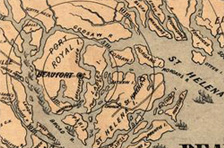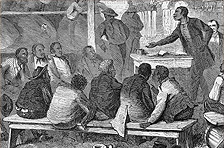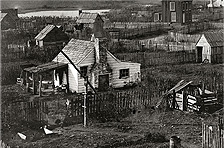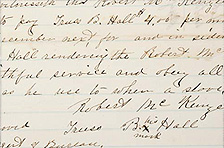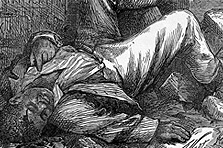Slavery & Reconstruction
Reconstruction is usually considered to have spanned the years 1863 – 1877. In this investigation, we begin slightly earlier. After the Union occupied the South Carolina Sea Islands in 1861, the white landowners fled. The many blacks who remained raised cotton and other crops, attended schools taught by missionaries, and even purchased land, inspiring in sympathetic observers then and now expansive visions of the possibilities of Reconstruction. We then consider the achievements of the Reconstruction years themselves, when (for example) many freedmen voted and ran for office. Later, we return to the Sea Islands, where freedmen protested as the land they had purchased was restored to the former slave owners, leaving them little choice but to accept contracts for work that hardly differed from slavery. We see evidence of the Ku Klux Klan and broader patterns of violence and white domination. But a few sources, including some dated after 1877, allow us to glimpse the rise of the historically black colleges and to begin to explore Reconstruction’s aftermath—the longer-term effects and interpretations of those tumultuous years. NOTE: You are welcome to explore all nine subtopics below, to choose among them, and/or to approach them in another order. The dates listed are not comprehensive dates for any subtopic. They are the dates of the primary sources that anchor that part of the investigation.

